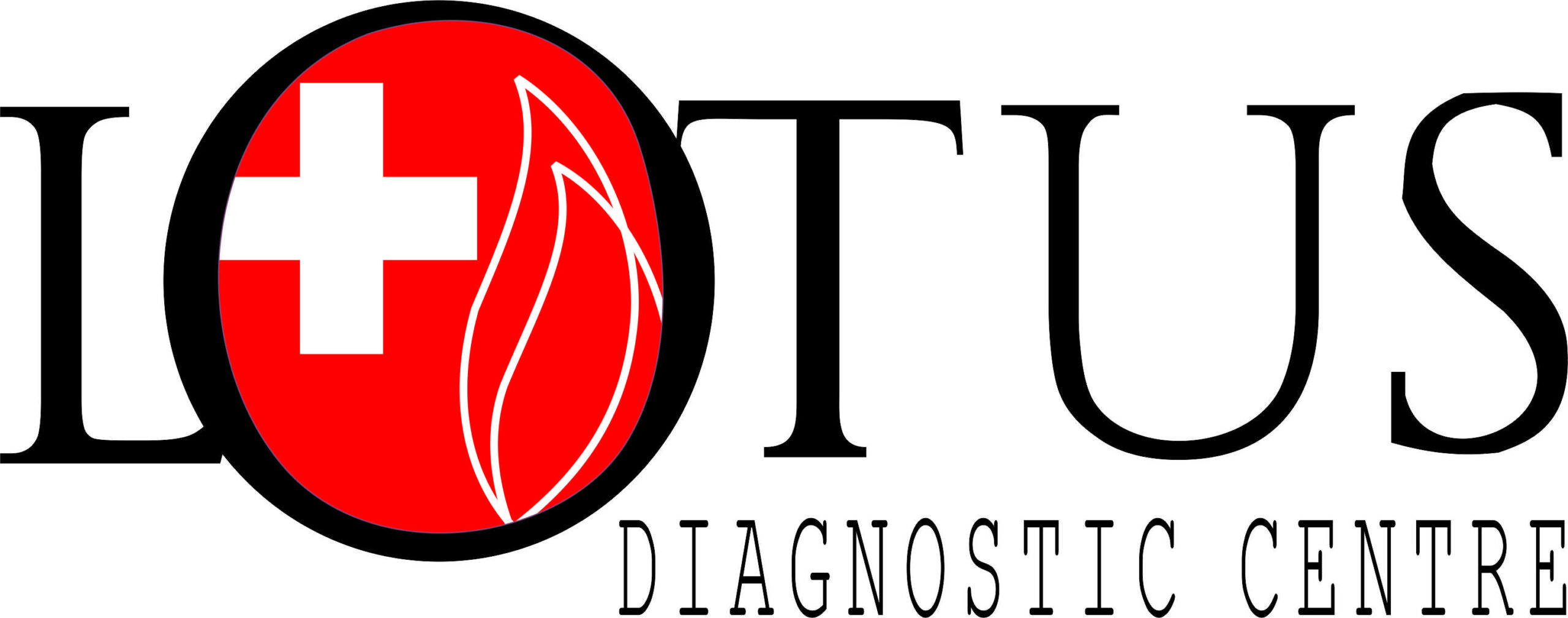
Pulmonology
Pulmonology at Lotus Diagnostic Centre
If you’re struggling with shortness of breath, your doctor might refer you to a pulmonologist. These doctors specialise in the respiratory system.
Our Pulmonology OPD offers expert medical advice for diseases involving the respiratory tract. These include common diseases/ conditions such as Bronchial Asthma, COPD, Pneumonia, Tuberculosis, ILD etc.
When do you need to see a Pulmonologist?
Visit a pulmonologist when you have cough, sputum, breathlessness, blood in sputum, fever, weight loss, wheezing.
If you have any of these symptoms, consider asking your family doctor if you should see a specialist:
- A cough that’s severe or has lasted more than three weeks
- Chest pain or tightness
- Dizziness, light-headedness, or fainting
- Difficulty in breathing.
- Fatigue
- Wheezing
- Repeated colds or bronchitis that impacts your breathing
- Problems controlling your asthma or identifying what triggers it
Why Choose Lotus?
At Lotus Diagnostic, we have a team of experienced pulmonologists who are experts in the field – having handled multiple complex cases over the years. Our centre is equipped with advanced equipment to detect and offer effective medication to address these and other conditions related to the respiratory tract.
Our Interventional pulmonologists offer diagnosis and treatment for a wide range of condition, including:
- Airway Strictures
- Coughing up blood (hemoptysis)
- Cancer / Tumours of the lung
- Complex airway disorders
- Lung Nodules
- Pleural diseases (including Pleural effusions and pneumothorax)
Consultations Offered
A pulmonologist can treat many breathing-related conditions, including:
- Asthma
- COPD (also sometimes called emphysema or chronic bronchitis in which breathing problems worsen over time)
- Lung cancer
- Pulmonary fibrosis (in which the lung’s tissues become damaged and scarred)
- Tuberculosis
- Work-related lung diseases (such as those affecting workers exposed to asbestos or coal dust)
- Pneumonia
Common Conditions in Pulmonology
COPD
COPD is the abbreviation for chronic obstructive pulmonary disease. COPD is a lung disease that results from obstructions in the airways of the lungs that lead to breathing problems. Although COPD is a progressive disease, early diagnosis and treatment may slow its progression. COPD may be complicated by chronic bronchitis or emphysema; some patients develop both problems that lead to additional breathing problems. Some clinicians consider chronic bronchitis and emphysema as simply further manifestations of COPD.
Specific tests we have at our diagnostic centre for COPD:
- Spirometry Breath Test
- Chest X-ray
- Ultrasound Chest
Pneumonia
Pneumonia is inflammation of one or both lungs with consolidation. Pneumonia is frequently but not always due to infection. The infection may be bacterial, viral, fungal, or parasitic. Symptoms may include fever, chills, cough with sputum production, chest pain, and shortness of breath.
Tuberculosis (TB)
TB is a multisystemic infectious disease caused by Mycobacterium tuberculosis (or TB, TB germs), a rod-shaped bacterium.The cause of TB is infection of human tissue(s) by the bacterium Mycobacterium tuberculosis (mycobacteria or TB). These bacteria are slow growing, aerobic, and can grow within body cells (an intracellular parasitic bacterium).
The classical clinical symptoms and signs of pulmonary TB may include the following:
- Fever
- Night sweats
- Cough (often chronic)
- Hemoptysis (coughing up bloody sputum)
- Decrease or loss of appetite
- Weight loss and/or muscle loss (unintentional)
- Fatigue and/or malaise
- Chest pain (pain while breathing)
- Shortness of breath
- Swollen lymph nodes
- Pneumonitis (may be the only symptom in the elderly).
Asthma/Bronchitis
This is a condition that emerges when a person’s airways become inflamed because of two reasons histamines get released due to allergen inspiration. This in turn stimulates excess mucous generation to trap the allergens entering. This blocks the airways constricting the inflow of air which makes it difficult to breathe. It triggers intense coughing to expel the excess mucous. An associated symptom is the sound that is created when we try to breathe through the existing mucous collection in the airway (Trachea) which called wheezing and the difficulties lead to shortness of breath.
The medical definition of acute bronchitis is a cough lasting five or more days suggests acute bronchitis as a cause. Sometimes people with recurrent acute bronchitis (flare-ups) develop chronic bronchitis and/or a respiratory infection. Bronchitis is an inflammation of your bronchial tubes (the tubes that carry air to your lungs and makeup the bronchial tree).
Vaccinations in the Pulmonology
Vaccinations for Adults with Lung Disease
The table below shows which vaccinations you should have to protect your health if you have lung disease. Make sure you and your healthcare provider keep your vaccinations up to date.
| Vaccine | Do you need it? |
| Influenza | Yes! You need a dose every fall (or winter) for your protection and for the protection of others around you |
| Pneumococcal (pneumovax 23,PPSV23; Prevnar 13, PCV 13) | Yes! If you’re younger than 65 and have lung disease, including asthma, you need to get vaccinated with Pneumovax. If you haven’t been vaccinated, you should get 1 dose now. You may also need a 1-time dose of Prevnar, depending on whether you have a certain high-risk condition. such as immunosuppression, or you lack a functioning spleen. At age 65 (or older), you will need a second dose of Pneumovax, given at least 5 years after your previous dose of Pneumovax. At that time, you and your healthcare provider may also decide if you would benefit from dose of Pneumovas. At that time, you and your healthcare provider may also decide. if you would benefit from a dose of Prevnar, if you haven’t received it already. Prevnar and Pneumovax are usually spaced 1 year apart. |
Our Pulmonology Specialists


Dr. Mayuri Johari

